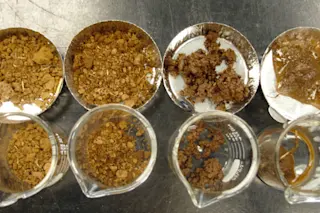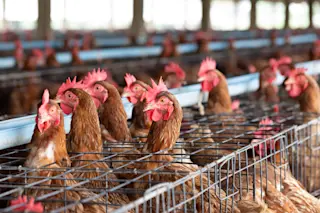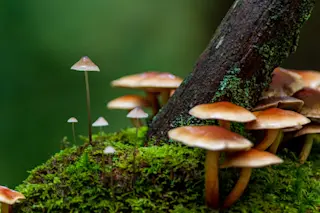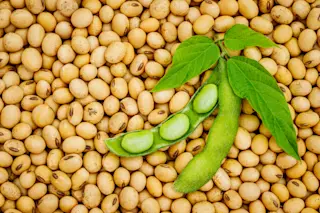Ohio State University soil scientist Rattan Lal says the agricultural soils of the world have the potential to soak up 13 percent of the carbon dioxide in the atmosphere today—the equivalent of scrubbing every ounce of CO2 released into the atmosphere since 1980. The claim is a bold one, but researchers around the globe are digging up evidence that even modest changes to farming and ranching can have a major impact on carbon sequestration.
Some growers have already embraced an approach known as regenerative agriculture, which aims to boost soil fertility and moisture retention through established practices such as composting, keeping fields planted year-round, reducing tillage, and increasing plant diversity. Since these strategies can also significantly increase the amount of carbon stored in the soil, some agricultural researchers are now building a case for their use in combating climate change. This year seven international conferences will examine soil’s potential to ...















